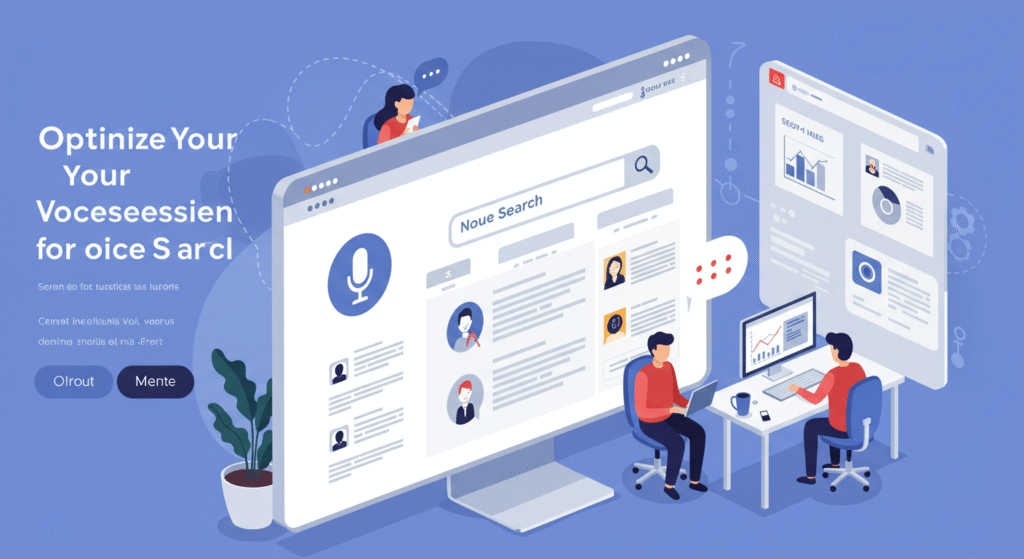
After two decades navigating the ever-evolving landscape of marketing and retail, one trend stands out for its transformative power: the rise of chatbots. These aren’t just a fleeting fad; they are the future of customer service, a game-changer for businesses looking to thrive in an increasingly digital world. For retailers especially, understanding and leveraging chatbots isn’t just an advantage, it’s a necessity. This blog post will delve into the profound impact of chatbots, exploring how they can revolutionize your customer service and propel your business forward. We’ll explore the multifaceted benefits of these digital assistants, how to choose the right platform, craft compelling conversations, integrate them seamlessly, and measure their success. Get ready to unlock the full potential of AI chatbots for your retail business!
Benefits of Using Chatbots
Imagine a world where your customer service never sleeps, never gets frustrated, and is always ready to assist. That’s the undeniable power of chatbots. For retailers, this translates into immediate responses, 24/7 availability, and significant cost. These intelligent AI chatbots can handle a multitude of routine inquiries, from tracking orders and checking stock to answering frequently asked questions about product specifications or return policies, thereby freeing up your valuable human agents for more complex and nuanced interactions.
Furthermore, chatbot marketing becomes a seamless and incredibly powerful extension of your sales efforts. Chatbots can proactively engage customers, offering personalized recommendations based on Browse history or previous purchases, guiding them through product discovery, and even assisting with the checkout process. This active form of conversational marketing can significantly boost conversion rates. The consistent, always-on nature of chatbots ensures that every customer interaction, regardless of time zone or workload, is an opportunity for improved customer service increased sales. Imagine a scenario where a customer has a question about a product late at night; a chatbot can provide an instant answer, potentially preventing a lost sale. Embrace the strategic advantage of chatbots to elevate your customer service, optimize your operational efficiency, and significantly enhance your retail footprint. The benefits of deploying chatbots are truly transformative for any modern retail business aiming for excellence in customer service.
Choosing the Right Chatbot Platform
With a plethora of options available in today’s dynamic market, selecting the ideal chatbot platform can feel like navigating a complex maze. However, the right choice is absolutely crucial for maximizing your chatbot marketing efforts and truly enhancing your customer service. When evaluating platforms, prioritize those that offer robust natural language processing (NLP). This sophisticated technology is what enables your AI chatbots to truly understand and interpret customer queries, even when phrased informally or with slang, which is vital for effective conversational marketing. Without strong NLP, your chatbot might struggle to provide accurate responses, leading to frustration and a poor customer service experience.
Scalability is another non-negotiable factor. As your business grows, your chatbots should be able to effortlessly handle increased volumes of customer interactions without any compromise in performance or speed. Look for platforms with intuitive interfaces that allow for easy development, deployment, and ongoing management of your chatbots, even if you’re not a coding expert. The goal is to empower your team to easily refine and update your chatbot flows as needed. Remember, the primary objective is to improve customer service, so a platform that provides comprehensive analytics on chatbot performance – insights into conversation paths, common queries, and resolution rates – is invaluable. This data will guide your optimization efforts.
Developing Chatbot Conversations
The true magic and effectiveness of highly performing chatbots lies not just in their technology, but profoundly in their conversations. This isn’t merely about programming; it’s about the art and science of crafting engaging, genuinely helpful, and surprisingly human-like interactions that consistently drive positive customer service outcomes. For retailers, this means meticulously designing chatbot scripts and dialogue flows that anticipate common customer questions, proactively address potential pain points, and offer relevant, actionable solutions. Think of your chatbots as highly knowledgeable, always-on digital sales associates; their responses should always be clear, concise, empathetic, and friendly.
Crucially, incorporate strategic elements of conversational marketing throughout these interactions. This involves using the chatbot to subtly guide customers through product discovery, highlight key features, offer personalized recommendations based on Browse history, and seamlessly facilitate purchase decisions. A well-designed chatbotconversation can turn a casual browser into a loyal customer.
Integrating Chatbots with Other Systems
The true, transformative power of chatbots is fully unlocked when they are seamlessly integrated with your existing business systems. For retailers, this is absolutely critical. It means connecting your chatbots to your Customer Relationship Management (CRM) system, inventory management software, enterprise resource planning (ERP) platforms, and your e-commerce storefront. This deep integration allows your AI chatbots to access real-time customer data, such as purchase history and preferences, current product availability across all channels, and live order tracking information.
Imagine a scenario where a customer asks, “Where’s my order?” and your chatbot can instantly pull up their order details, provide an estimated delivery time, and even suggest complementary products based on their purchase history. This level of connectivity significantly enhances the overall customer service experience and dramatically streamlines internal operations, reducing the need for human intervention in routine queries.
Measuring Chatbot Performance
To truly understand and maximize the impact of your chatbots on customer service, you need to measure their performance diligently and continuously. This isn’t a one-time task; it’s an ongoing process of analysis and refinement. Key metrics to track include resolution rates (how often a chatbot successfully resolves an inquiry without human intervention), customer satisfaction scores (CSAT) derived directly from chatbot interactions, average handling time for queries, and critically, the number of inquiries handled exclusively by your AI chatbots. Analyze conversation transcripts regularly to identify common pain points, recurring questions that the chatbot struggles with, and areas where your chatbots can be improved in terms of clarity, accuracy, or efficiency. This data-driven approach allows you to continuously optimize your chatbots, ensuring they are delivering maximum value to your customer service strategy